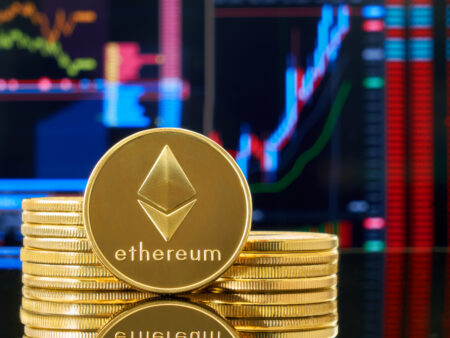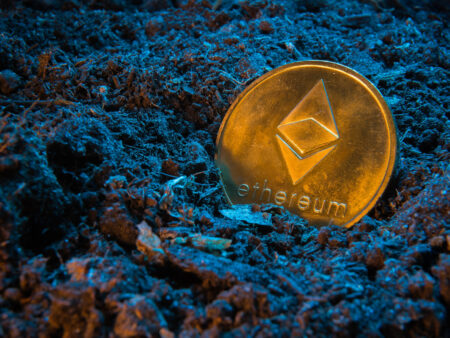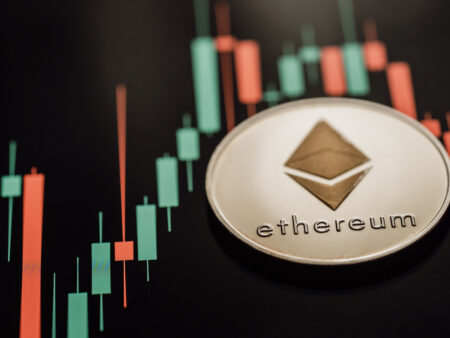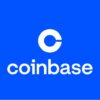The cryptocurrency market has recently experienced a notable surge in prices, with significant movements from leading cryptos such as Ethereum and Cardano. Ethereum’s price is approaching its historical maximum, while Cardano showcases a more considerable margin for potential growth, hinting at a bullish future. Investors and traders are closely observing these changes to make informed decisions in the dynamic and unpredictable world of crypto investments.
Ethereum and Cardano represent two of the top contenders in the cryptocurrency space, each with unique features, advantages, and trade-offs. Ethereum, launched in 2015, aimed to evolve beyond cryptocurrency transactions to become a decentralized platform for running applications globally. Dubbed the “world computer,” it leverages blockchain’s security and decentralization to execute smart contracts and run decentralized apps (dApps).
On the other hand, Cardano joined the crypto race in 2017. Founded by one of Ethereum’s co-founders, Charles Hoskinson, Cardano has been developed with a research-driven approach and a commitment to robust engineering and sustainability. It promises to bring a more secure and scalable blockchain that can facilitate complex programmable transfers of value in a secure and scalable fashion.
As of May 2022, Ethereum’s market capitalization stood at a staggering $451.8 billion, vastly overshadowing Cardano’s market cap of $17.2 billion. This disparity in market dominance is a critical consideration for investors gauging the potential for short-term and long-term growth.
The regulatory landscape seems to favor the more established cryptocurrencies, with Ethereum often regarded alongside Bitcoin as the poster children of the sector. Perhaps indicating institutional confidence, Ethereum ETFs have been approved, and industry analysts speculate that its price could soar towards the $5,000 threshold by the end of 2024, offering an aroma of optimism around its future valuation.
In contrast to Ethereum’s “Strong Buy” signals from technical indicators, as provided by data from Investing.com, Cardano’s indicators tilt towards a “Sell,” suggesting less confidence from a technical standpoint as of the latest analysis. However, fundamental analysis tells a different story, with Cardano’s inflows relative to its market cap being significantly smaller, hinting at unexplored growth potential, provided Ethereum doesn’t consistently surpass its rate of institutional adoption.
A practical consideration for end-users and developers is the cost of transactions. Cardano is marketed with its lower and more consistent fees, a factor that could attract a broader user base. In comparison, Ethereum’s fees can be higher, serving to reinforce network security but potentially alienating smaller-scale investors and users.
Ethereum’s network complexity and fee structure underline its challenges in usability, a hurdle for widespread adoption. Despite this, the higher fees and intricate network can be seen as indicators of its success and evolutionary progress towards the ambitious “world computer” vision.
As we progress through 2024, the crypto investment landscape continuously evolves with new data, trends, and regulatory actions shaping the future of cryptocurrencies like Ethereum and Cardano. Both established and emergent investors need to assess the unique aspects of each crypto asset to determine the best fit for their portfolio, considering market dynamics, regulatory environment, and technological developments.










